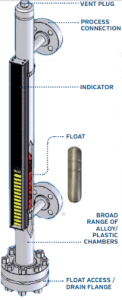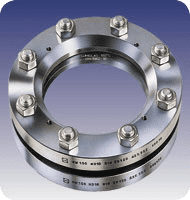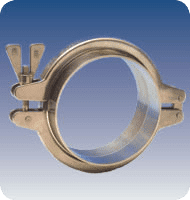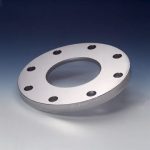How to Eliminate Clamp Galling: The Advanced Strategies and Clamps that Can Keep Your Processes Operational
Posted on July 30, 2020 by Jeremy Sheldon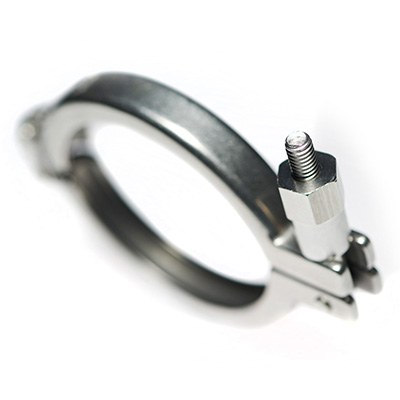 Eliminate Clamp Galling
Eliminate Clamp Galling
Pharmaceutical applications require hygienic environments. Companies involved in pharmaceutical production must ensure tight controls on product purity through every stage of the development process, from manufacturing and quality control to packaging and shipping. Due to the tight restrictions that the FDA and other regulatory agencies place on these companies, a single contaminated batch of a standard high-performing drug, like heart medication or insulin can cost hundreds of thousands, if not millions of dollars in lost revenue. Extrapolate that out for the most expensive drugs on the market like Zolgensma and Myalept, and that cost can skyrocket to insurmountable levels.
That’s why every piece in the complex puzzle of vessels, piping, tubing, valves, and pumps that make up pharmaceutical systems need to be designed with hygienic processes in mind. Above all else, this means reliable hygienic connections. Batch process facilities need long-lasting clamps that not only provide consistent connections to prevent leaks, but that can also be easily removed for maintenance, washdowns, and change-outs. Hygienic clamps must be able to do all of this while still operating in high pressure and high-temperature environments.
With decades of experience helping leading pharmaceutical manufacturers maintain hygienic processes, the team at LJ Star is dedicated to keeping pharmaceutical companies up and running. While quality clamps are essential in these applications, many clamps in the past were susceptible to galling. Galling refers to a type of fused wear in which a clamp’s bolt and nut become bound or locked together, which can halt operations and even risk process contamination in the most severe cases. That’s why LJ Star has set out to define the mechanisms behind galling… and how to prevent it.
Read how in our newest white paper.
https://www.ljstar.com/resources/ljs-galling-wp/
Learn even more in our “How to Eliminate Clamp Galling” ebook.
https://www.ljstar.com/custom-resources/clamp-galling-infographic/

About the Author: Jeremy Sheldon
Jeremy Sheldon is Director of Life Sciences for LJ Star, responsible for working with customers in the Life Science industry for North America. Jeremy works with customers to offer the latest in sterile/sanitary technologies. Jeremy’s background includes a variety of sales and sales management positions within the life science industry.Subscribe to our Blog
Categories
- Certifications
- Company
- In The News
- Industry Information
- METAGLAS® Sight Glasses
- PackExpo 2020
- Sanitary Clamps
- Sanitary Fittings
- Sight Flow Indicator Benefits
- Sight Glass Applications
- Sight Glass Construction
- Sight Glass Lighting
- Sight Glass Lights
- Sight Glass Process Vessel Camera
- Sight Glasses
- Trade Shows
- Webcast
